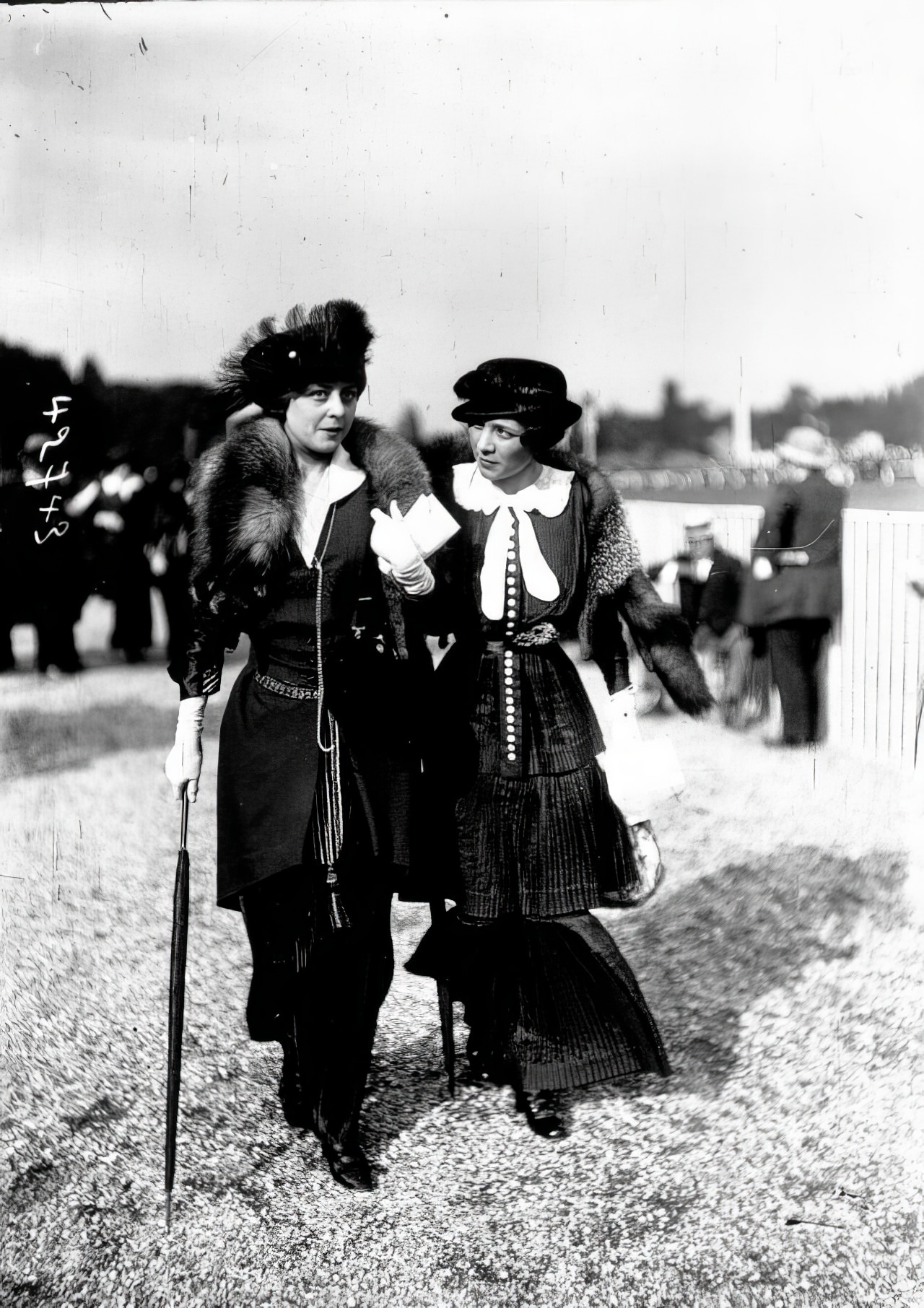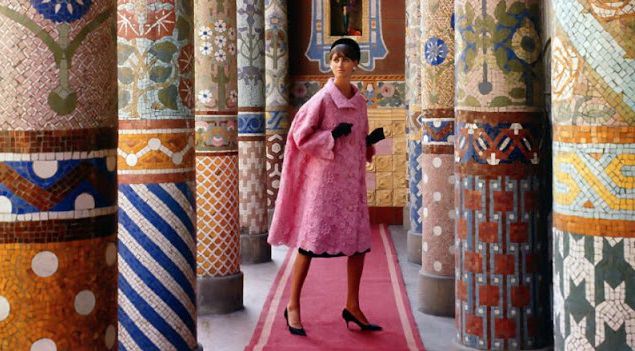At the dawn of the 20th century, a unique fashion trend emerged that captured the imagination of the fashion-forward and sparked discussions on mobility, femininity, and the ever-evolving landscape of women’s fashion. This trend was the hobble skirt, a garment that, for a shorter period in fashion history.
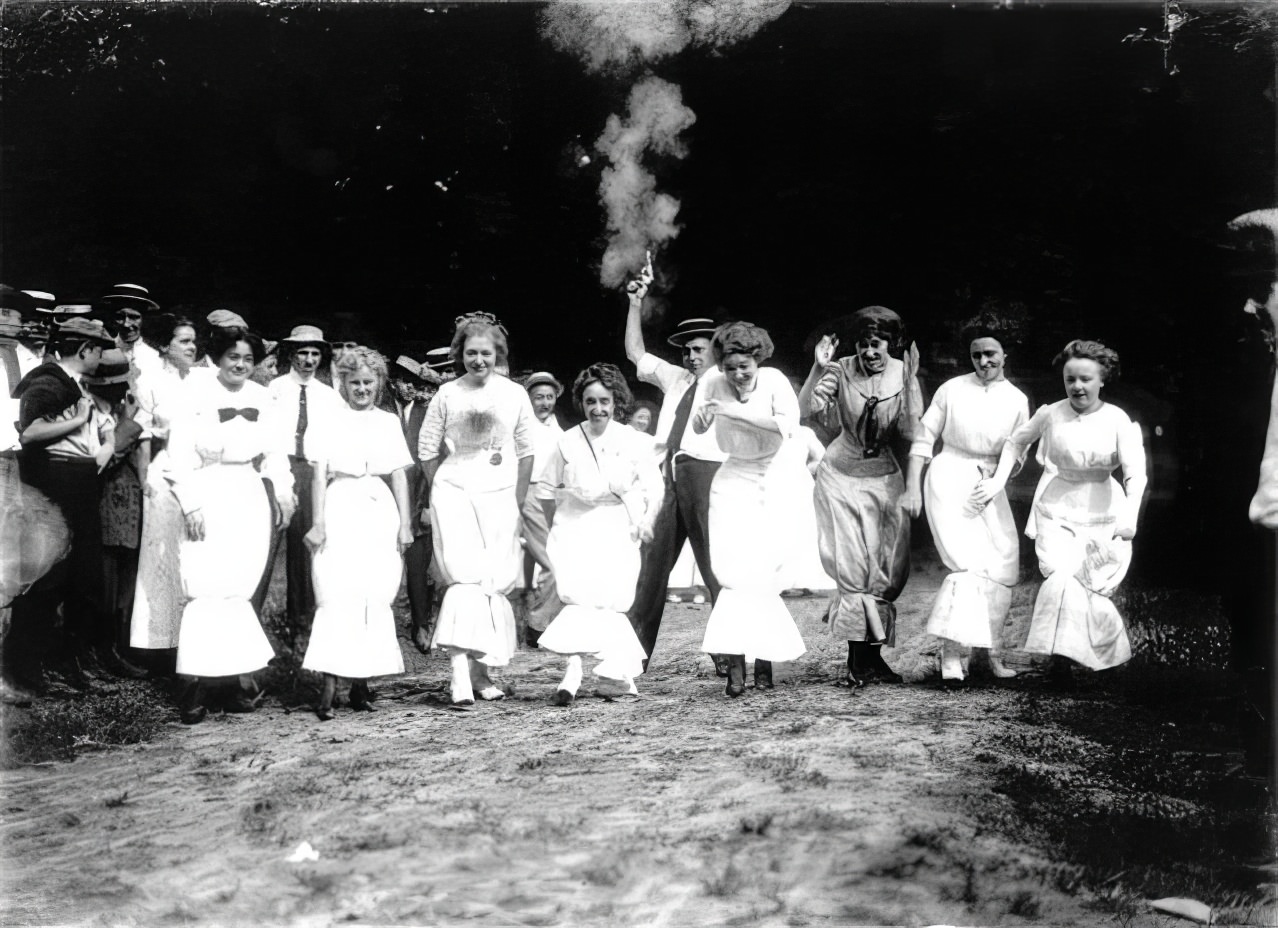
The hobble skirt made its debut in the early 1910s, amidst an era of rapid changes and growing freedoms for women. It was inspired by the pioneering French fashion designer Paul Poiret, known for his innovative and sometimes controversial takes on women’s apparel. However, the true inspiration behind the hobble skirt is often attributed to a more unconventional source—the sight of Wilbur Wright’s female passengers being tied at the ankles to prevent their skirts from ballooning during airplane flights.
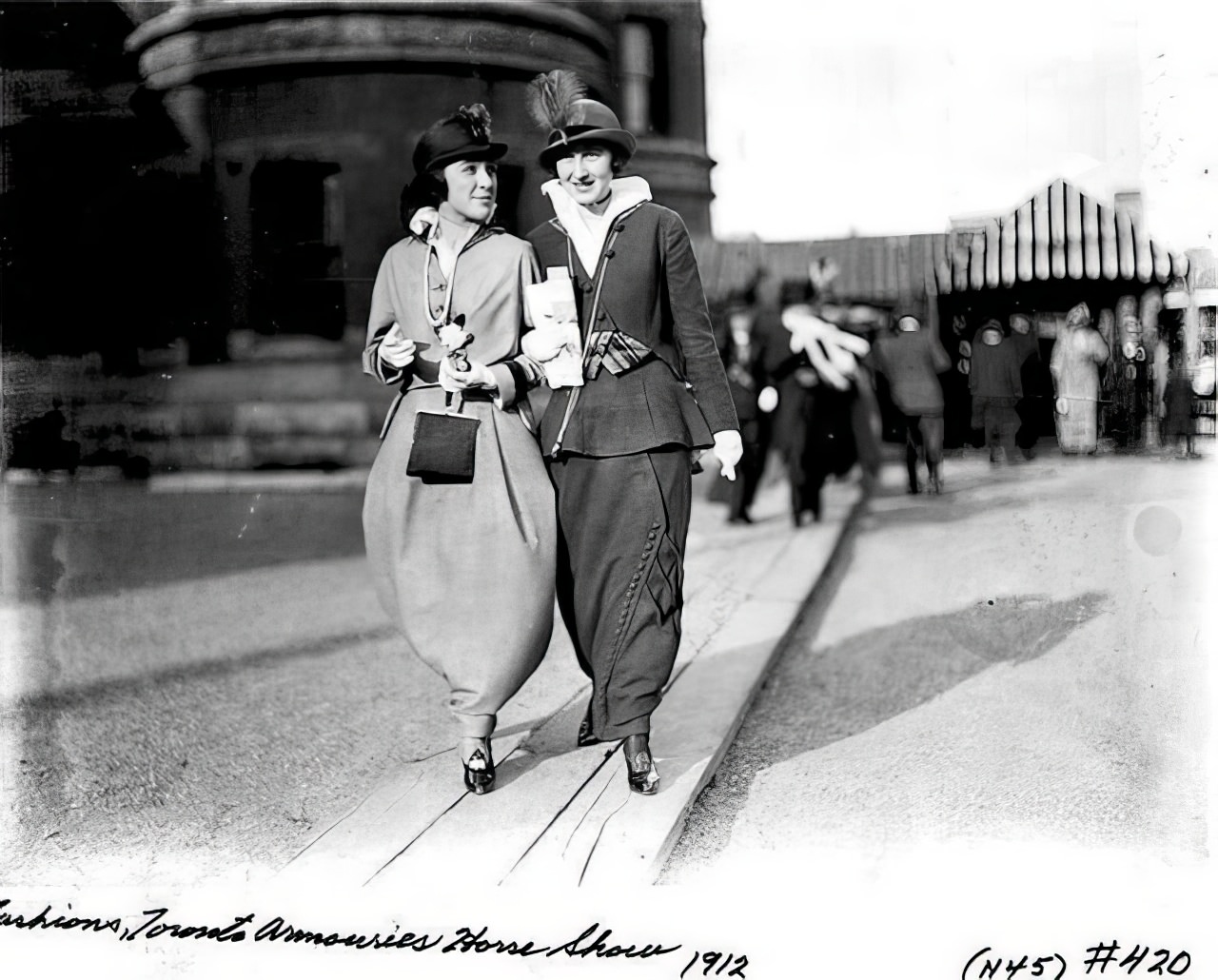
This peculiar necessity quickly transitioned from aviation practicality to fashion trend, as women on the ground adopted the silhouette as a statement of both style and modernity.
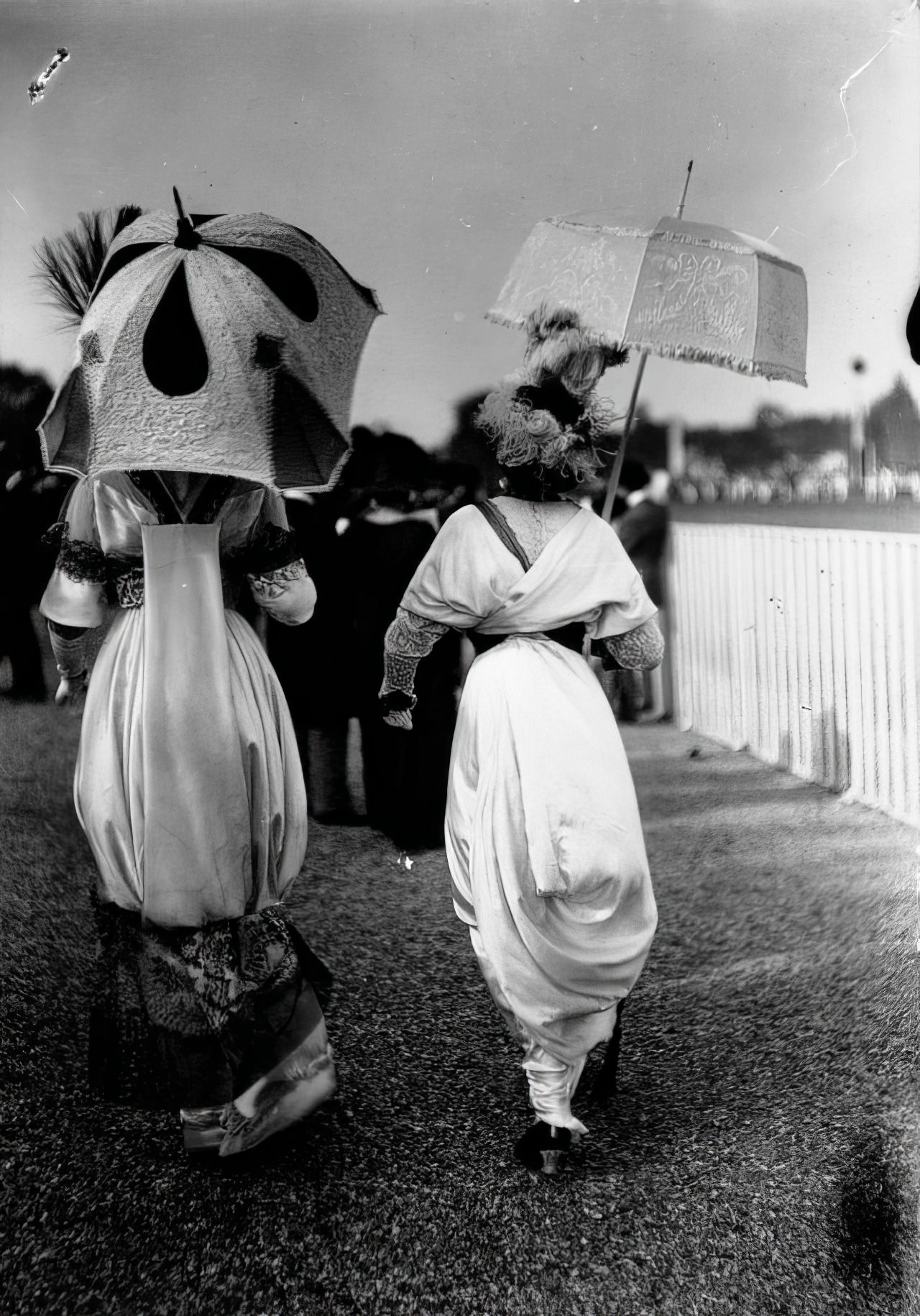
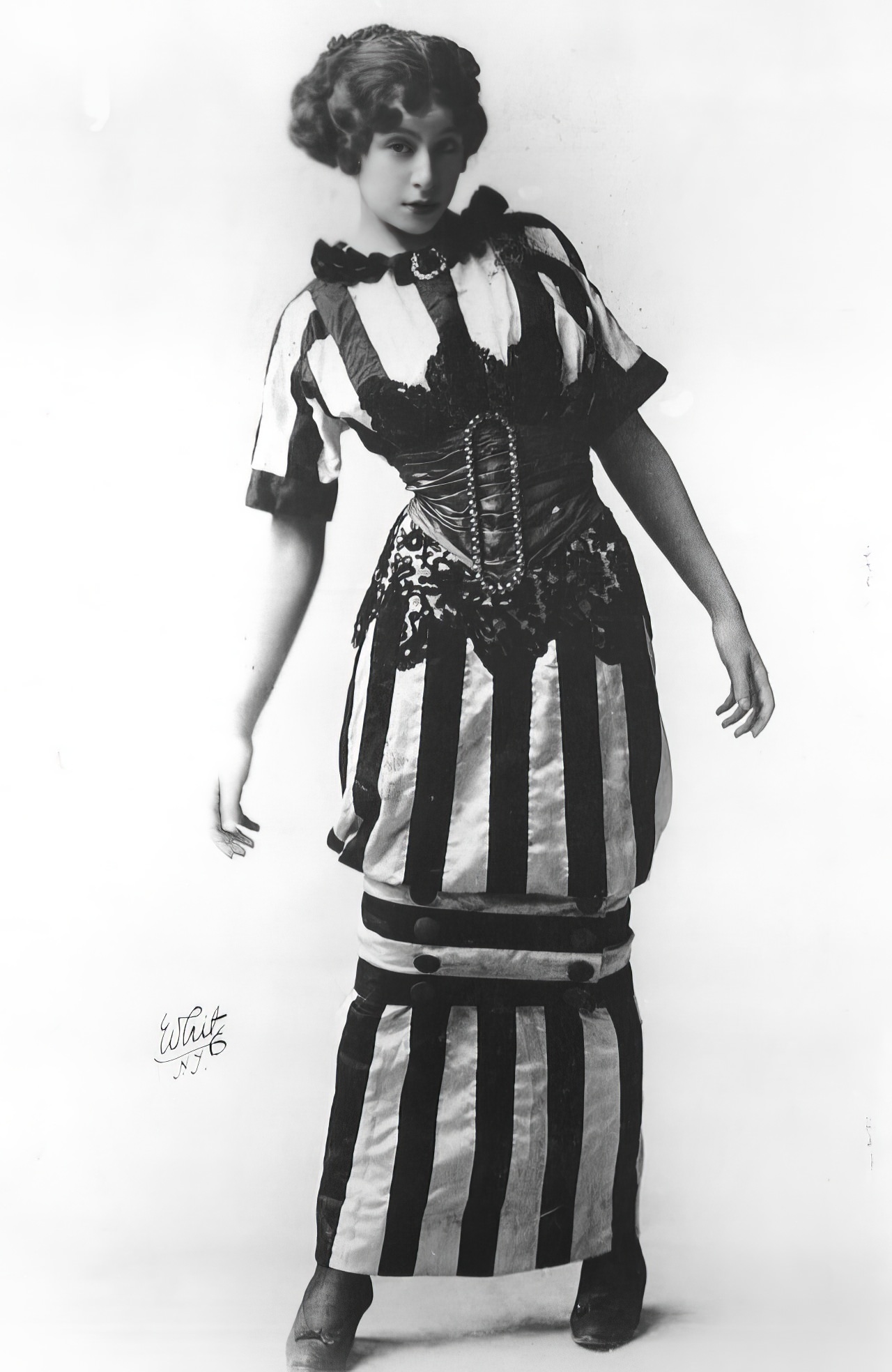
Characterized by its narrow cut, the hobble skirt tightly embraced the legs, significantly restricting the wearer’s stride. This design created a unique, pencil-like silhouette that was both elegant and provocative. The skirts often featured a band just above the hem, aptly named the “hobble band,” which secured the fabric closely around the legs and accentuated the restriction.
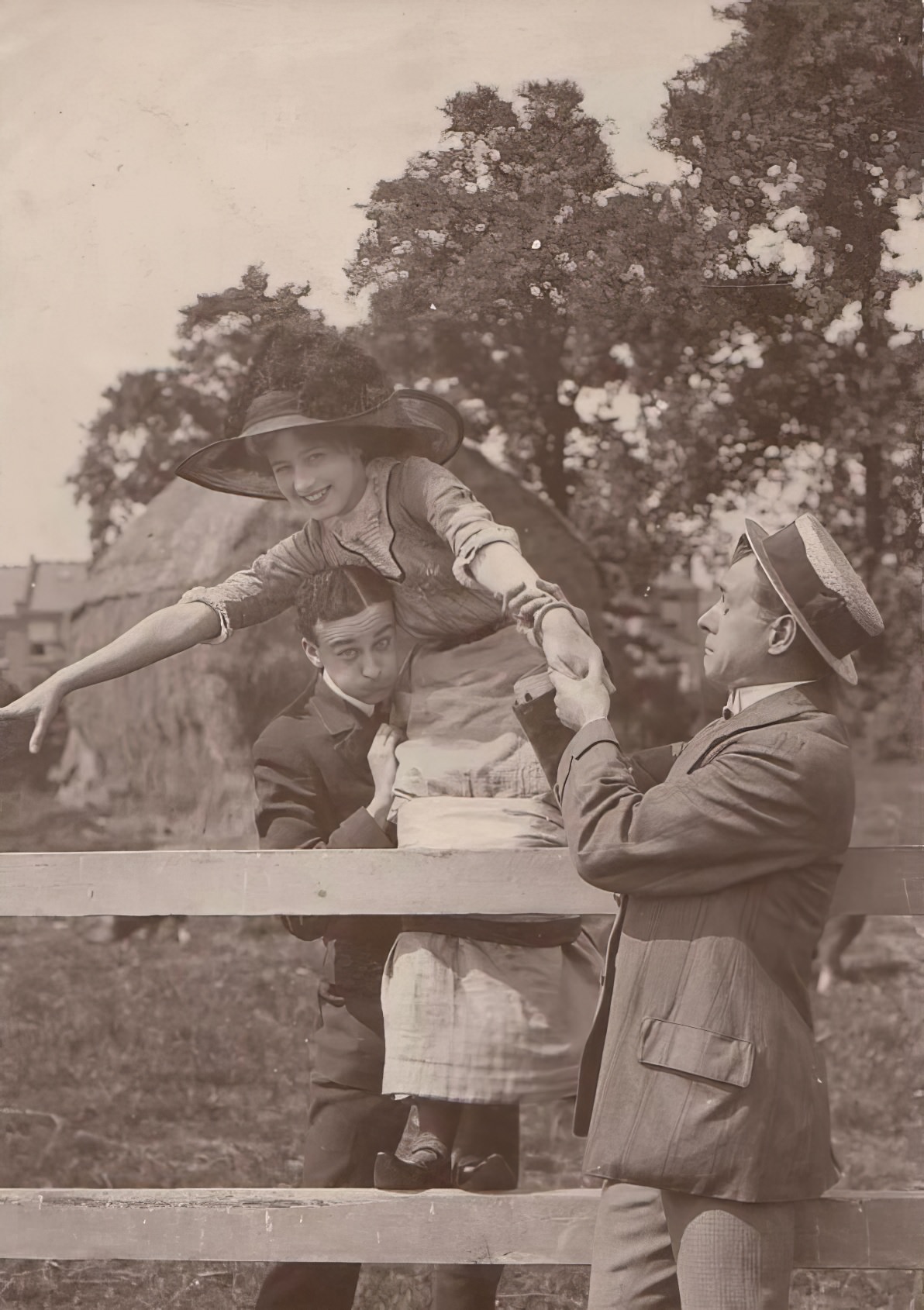
Made from a variety of fabrics, from luxurious silks to everyday cottons, hobble skirts were versatile in their appearance but uniform in their effect: a dramatic reduction in the wearer’s ability to walk freely.
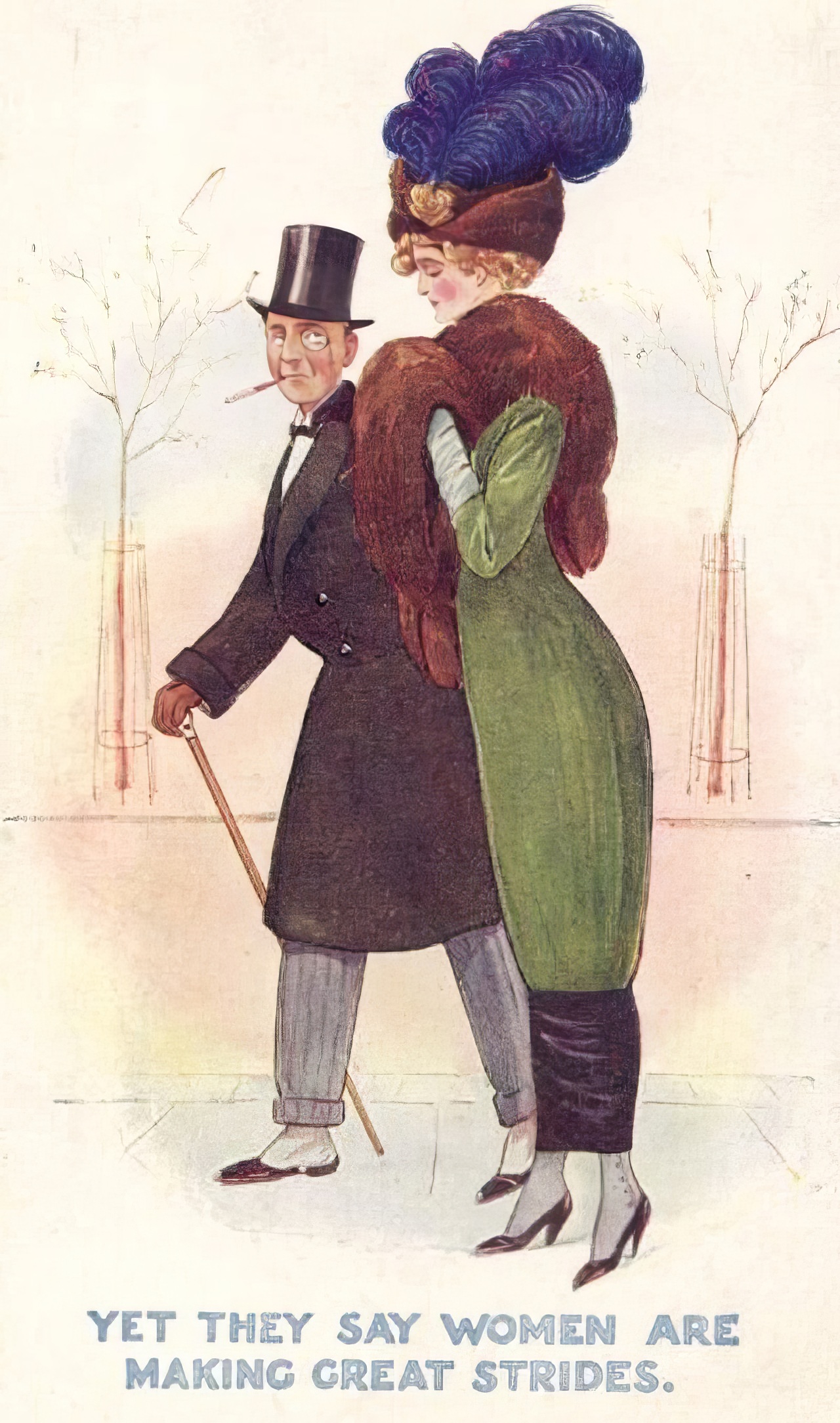
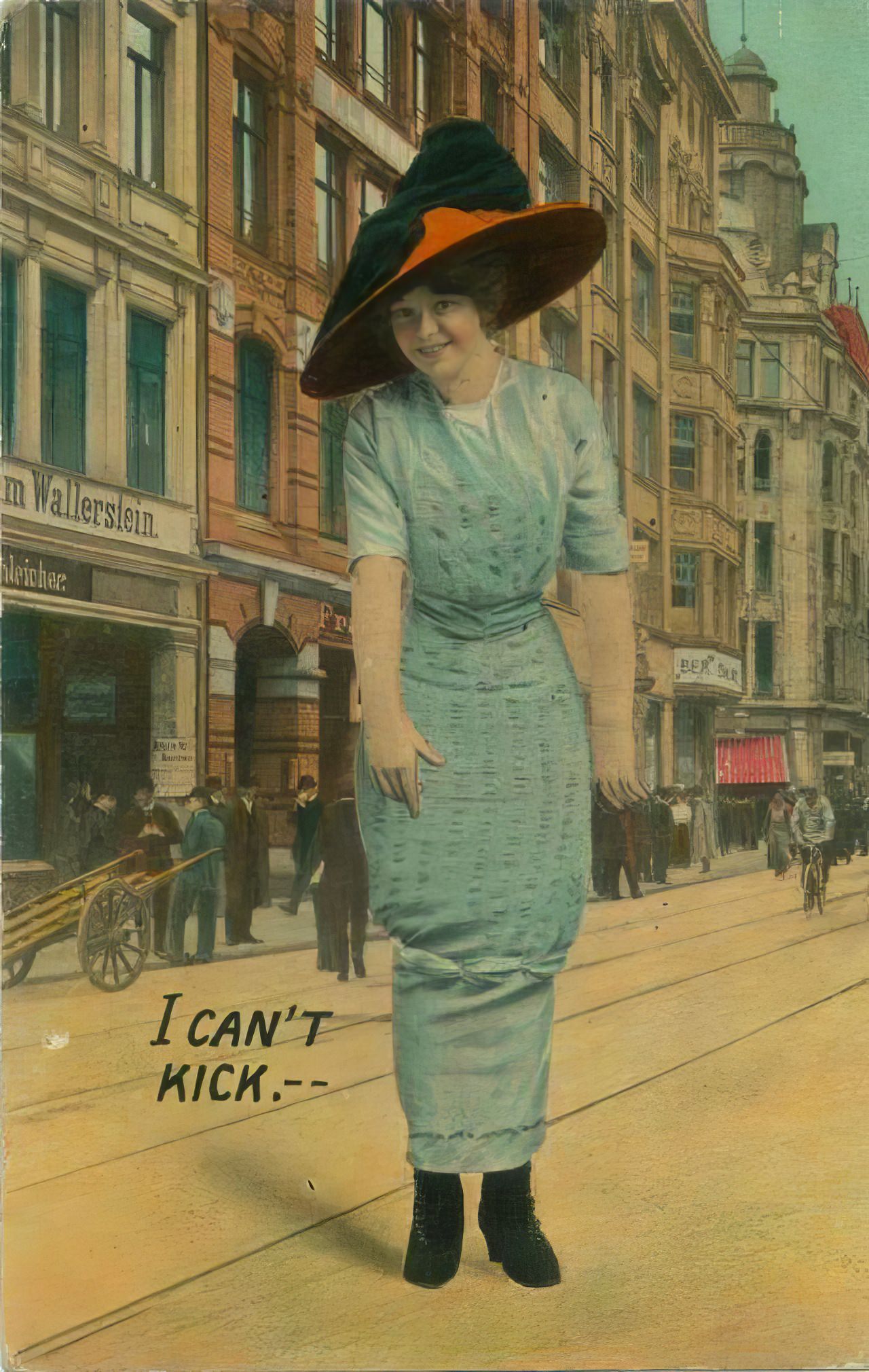
The hobble skirt found favor among the fashion elite and everyday women alike, symbolizing a blend of rebellion and adherence to feminine ideals. High-profile actresses, socialites, and even adventurous women of the middle class were drawn to the hobble skirt, eager to display their fashion-forward sensibilities and alignment with contemporary trends. The skirt was often paired with high-heeled shoes and elaborate hats, completing a look that was at once sophisticated and daring.
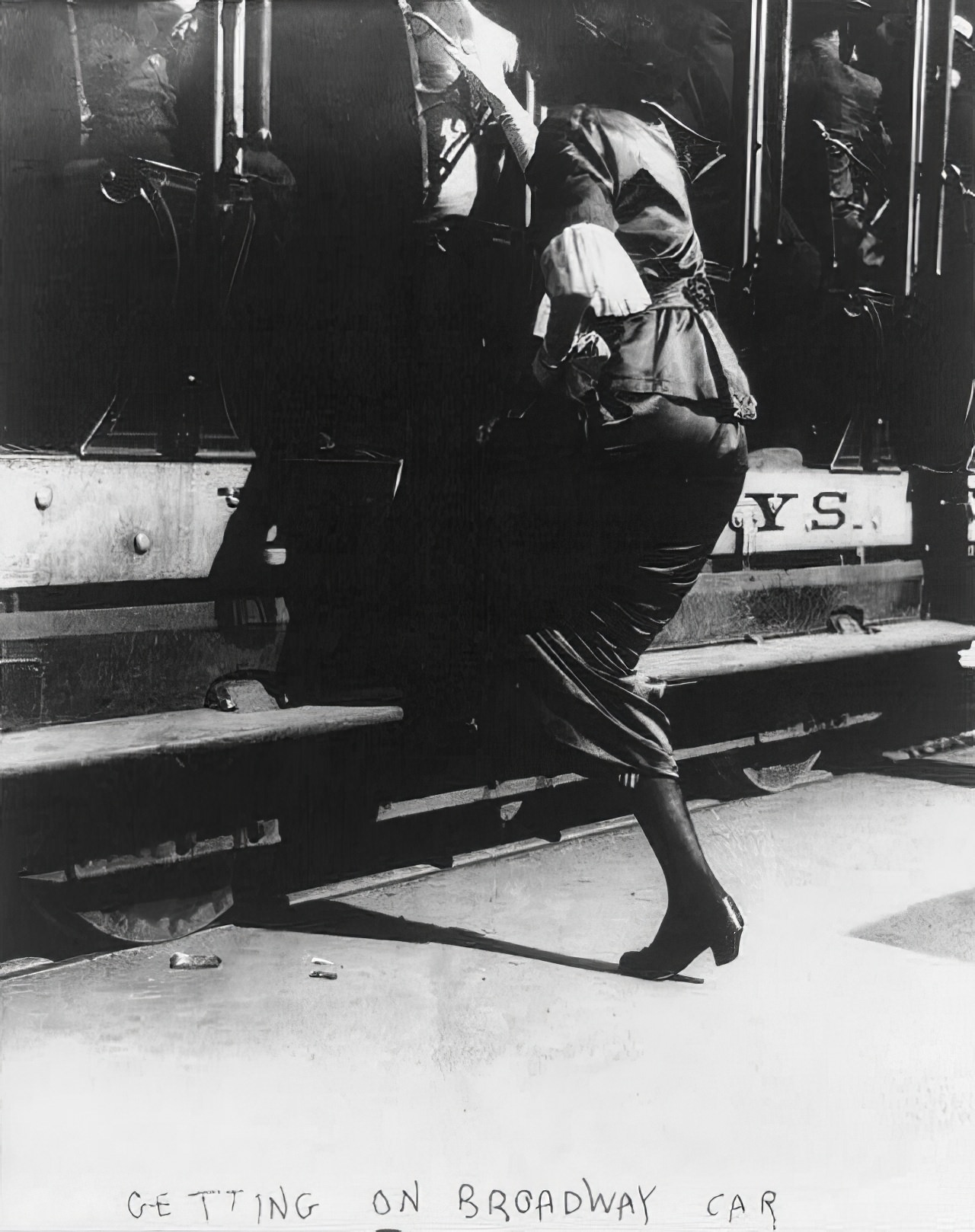
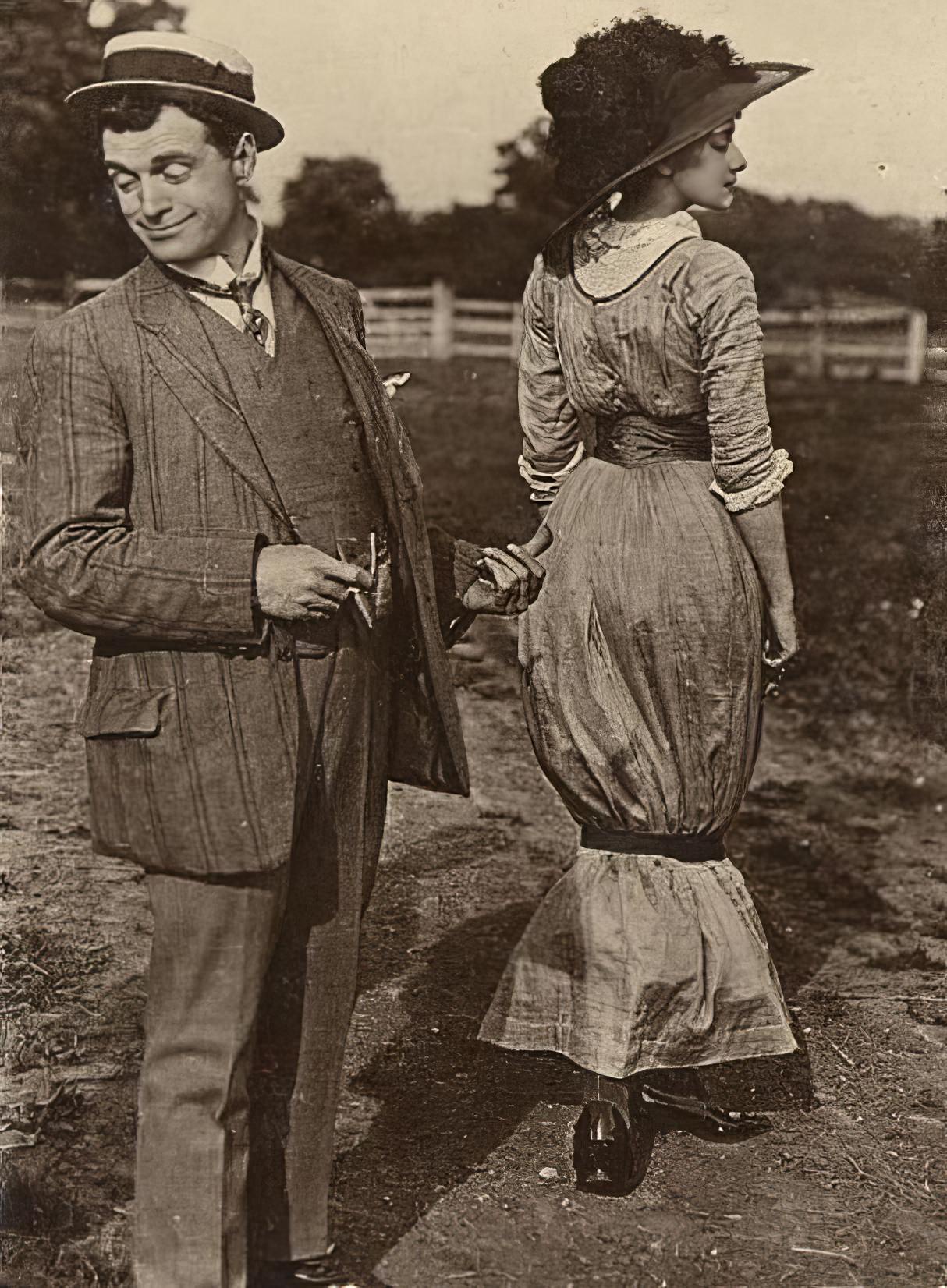
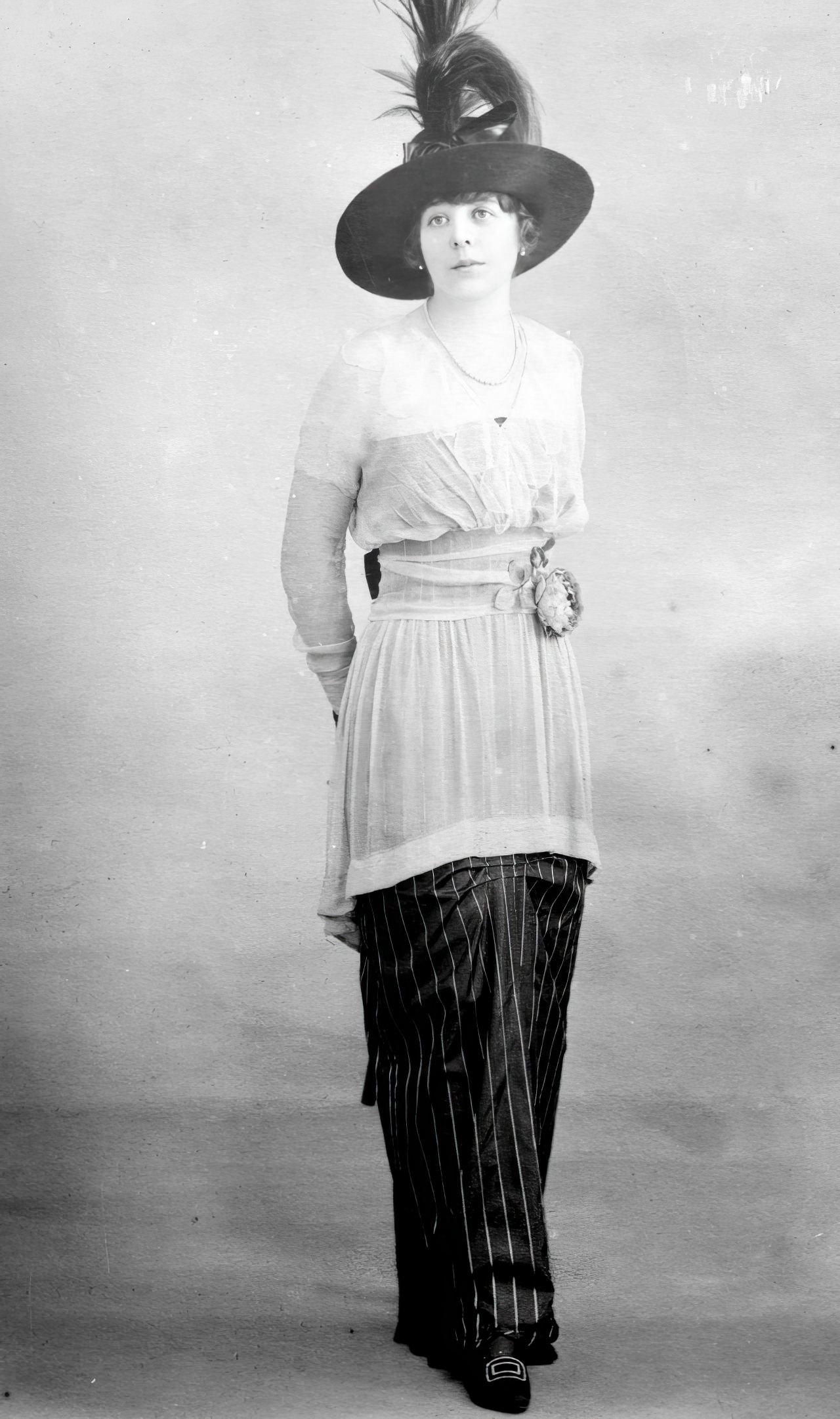
Despite its popularity, the hobble skirt was not without its critics. Many viewed the garment as impractical and even dangerous, hindering women’s ability to move freely and perform daily tasks. This criticism was not unfounded, as tales of women tripping or being unable to escape danger due to their constricted skirts became part of the hobble skirt’s legacy.
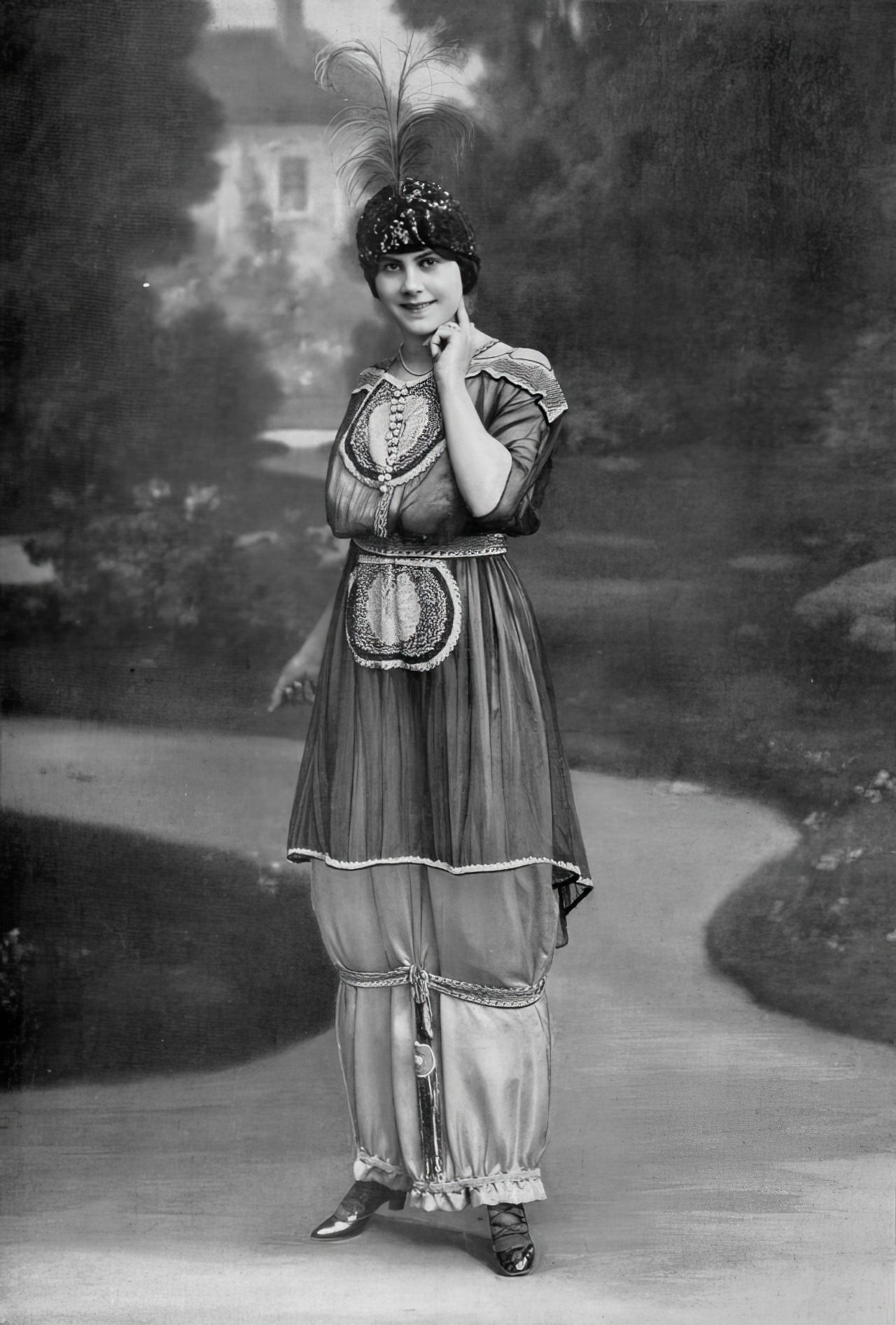
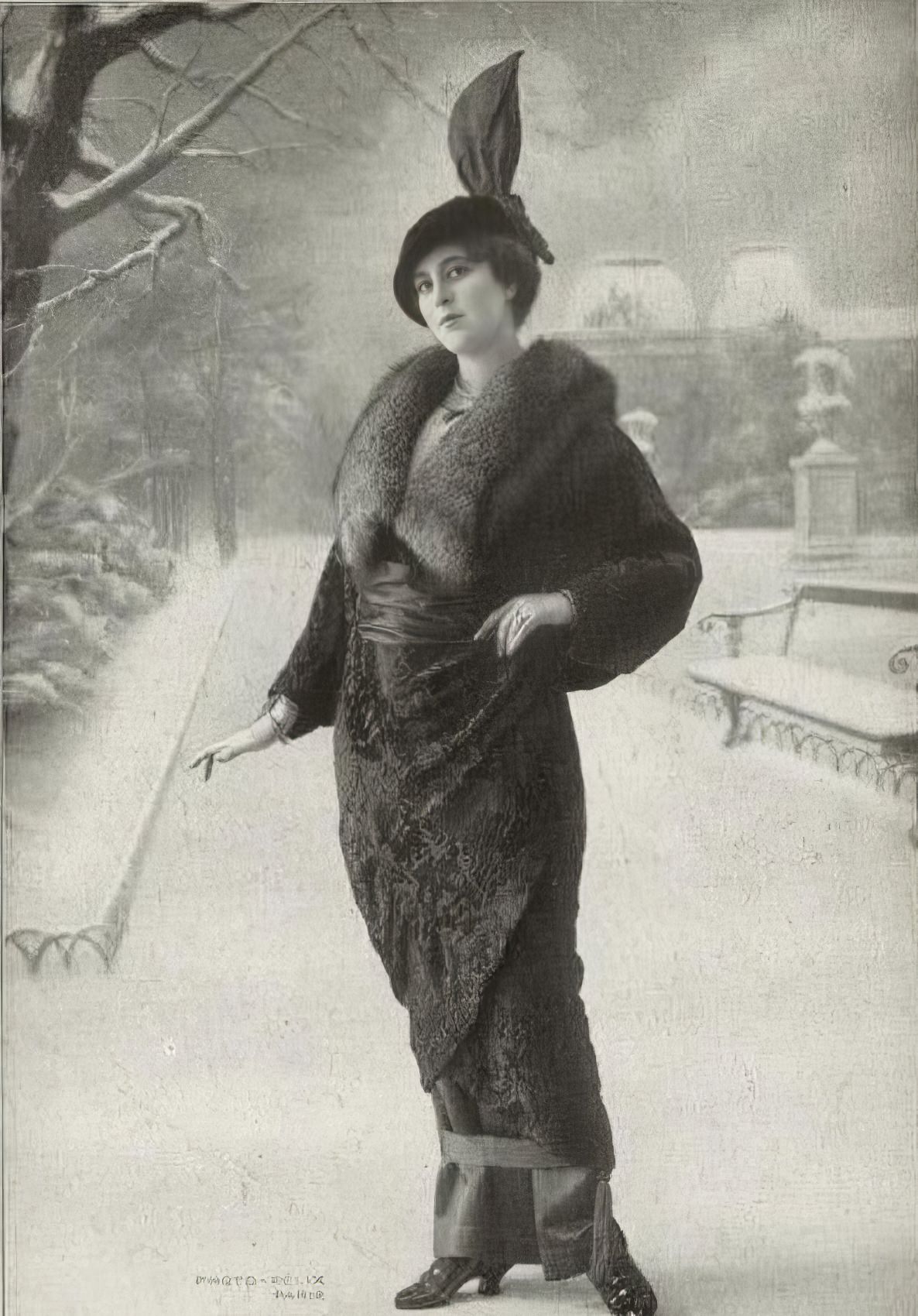
As quickly as it arrived on the fashion scene, the hobble skirt began to fade away. By the mid-1910s, the trend had largely disappeared, supplanted by new styles that offered greater freedom of movement and comfort. Several factors contributed to the hobble skirt’s decline: the practical challenges it presented, the onset of World War I and the shift towards more functional women’s wear, and the evolving feminist movement that questioned traditional gender roles and expectations, including those imposed by fashion.
